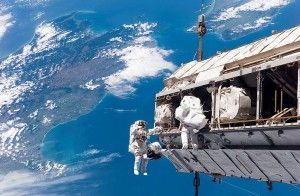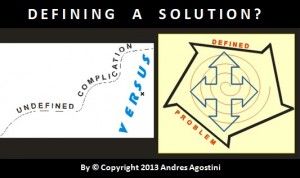Dec 26, 2013
Bitcoin paradise
Posted by Seb in categories: bitcoin, economics, geopolitics, government, human trajectories
by J.M.P. — The Economist

A GROUP of self-described anarchists, libertarians and Ron Paul supporters fleeing the crumbling world economic system have founded Galt’s Gulch, a community in Chile inspired by Ayn Rand’s “Atlas Shrugged”—and with an economy based entirely on Bitcoin. Or that’s the goal, anyway.
“Our farm workers and suppliers still want to get paid in pesos,” Ken Johnson, the project’s founder and managing partner, explains. “But Bitcoin as the John Galt coin? Why shouldn’t it be?”

 by
by 











